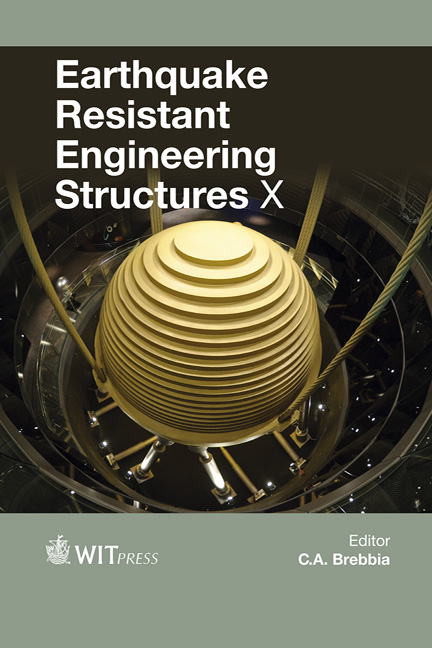Experimental Assessment Of RC Exterior Beam-column Joints Without Transverse Reinforcement
Price
Free (open access)
Transaction
Volume
152
Pages
12
Page Range
245 - 256
Published
2015
Size
586 kb
Paper DOI
10.2495/ERES150201
Copyright
WIT Press
Author(s)
M. T. De Risi, P. Ricci, G. M. Verderame
Abstract
In the assessment of the performance of typical existing buildings, seismic collapse safety might be significantly affected by the non-linear behaviour of the joints that are involved in the failure mechanisms, especially if they are characterized by poor structural detailing, such as the lack of an adequate transverse reinforcement in the joint panel.
Many retrofit strategies for existing joints are available, but commonly accepted tools to assess existing joint capacity – which is the starting point for retrofit – are not available. Few reliable approaches for modelling all sources of nonlinearity are proposed in literature for poorly designed beam-column joints because of relatively poor information from experimental tests.
The current study aims to improve the understanding of exterior joint seismic performance without transverse reinforcement in existing RC buildings through experimental tests.
Two full-scale exterior unreinforced beam-column joint sub-assemblages are tested under cyclic loading. Two different kinds of joint failure are expected, with or without the yielding of the adjacent beam, basically depending on the beam longitudinal reinforcement ratio. Strain gauges located on beam bars and LVDTs on the joint panel allow the complete definition of the deformability contributions. Design criteria, adopted setup and main experimental results are described.
Keywords
exterior RC joint, non-conforming, experimental, shear strength, shear strain





